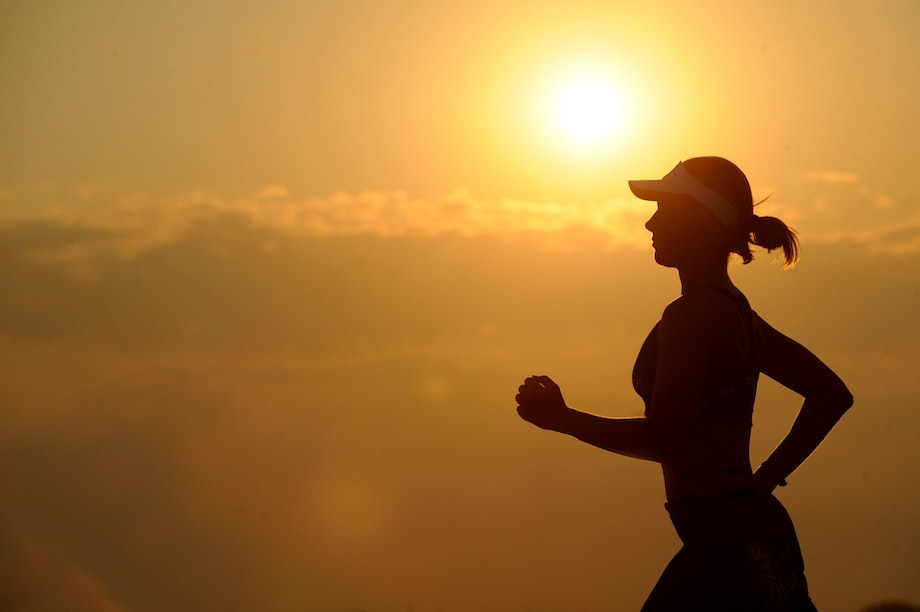We test and review fitness products based on an independent, multi-point methodology. If you use our links to purchase something, we may earn a commission. Read our disclosures.
Many of us live sedentary lifestyles, spending hours in front of the computer and in the car commuting. It’s more important than ever to move our bodies whenever possible. Running 5K every day may be just the challenge you need to get moving, stay moving, and get healthy.
Running is an approachable physical activity that requires minimal equipment, and you don’t need an expensive personal trainer or gym membership.
And whether you run long-distance or short, running can be exceptionally social. Running clubs are common throughout the country, and you can usually find a pacing group that meets your needs. Gone are the days when you’d get dropped by a fast group and be left to fend for yourself.
Because running has gained so much popularity in recent years, many 5K races, fun runs, and social groups are built around the activity. Challenges pop up all the time and can add a bit of excitement to your standard training routine.
Running 5K every day is one of those challenges. But is running 3.1 miles in a single day, multiple days in a row, a good idea? Are there health benefits? Will you wreck your knees?
Let’s dive in and find out.
Benefits of Running 5K Every Day
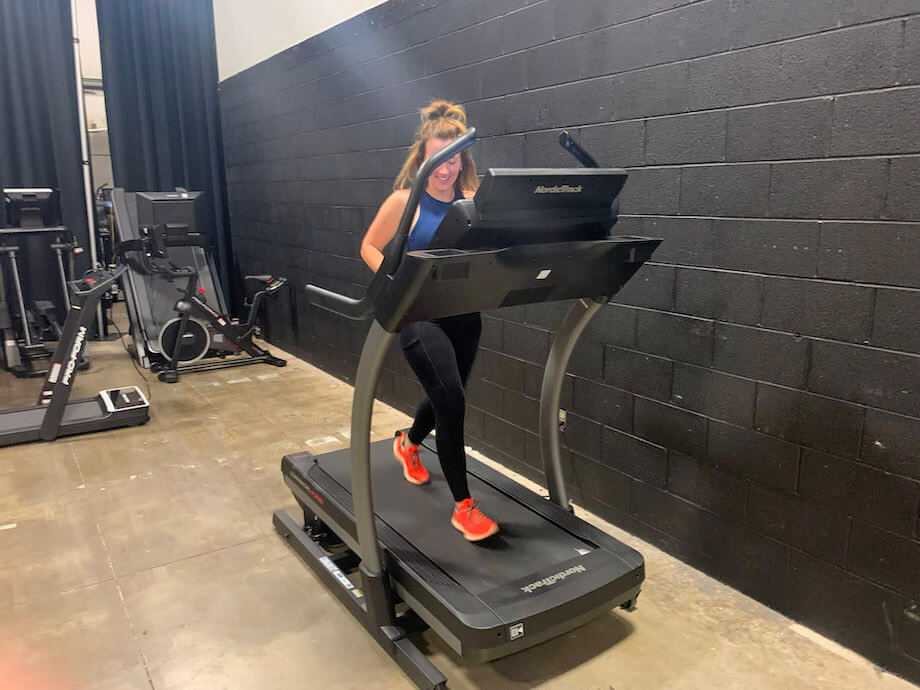
Running can be addictive. Although I was a reluctant runner when I was younger, I grew to love eating up miles on the road and trails as an adult.
Running was a huge lifeline for me when I lived in Seattle. Despite the long periods of rain in the Pacific Northwest, running empowered me to get outside year-round. I never experienced the seasonal depression that hits so many in that area of the country. I attribute my happy state of mind to running.
So, what are the benefits of running 5K every day?
RELATED: Couch to 5K Planning
Increase in Muscle Endurance
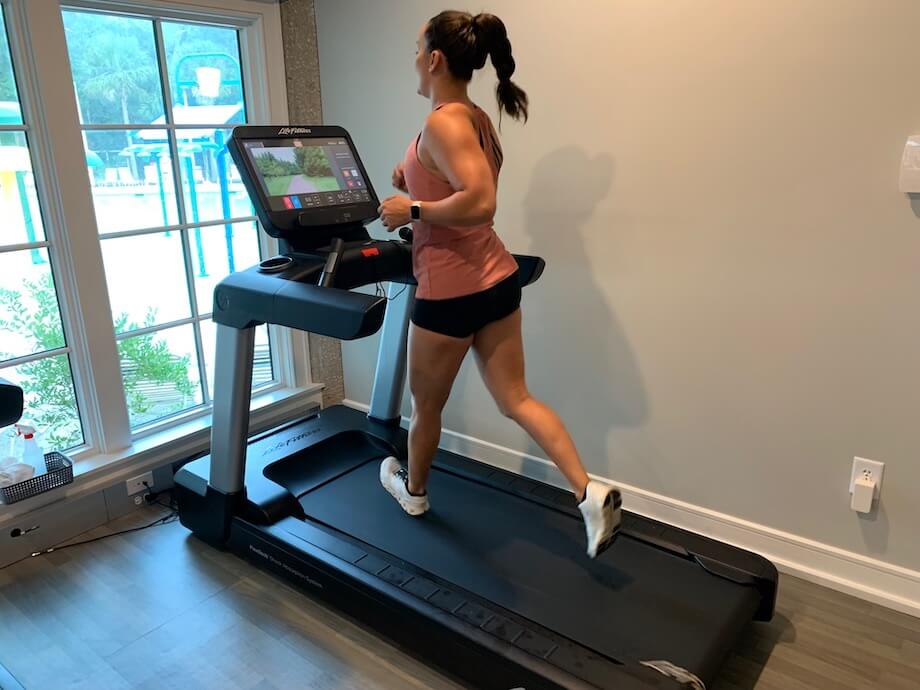
Hitting 5K runs every day will undoubtedly increase your muscular endurance, although this would also be the case if you walked the same distance. Whether you run or walk 3.1 miles a day, your muscles will become more efficient, allowing you to go longer with less effort.
It’s important to understand the difference between muscular endurance and muscular strength: Muscular endurance is all about how long your muscles can do an activity. This is different from muscular strength, which is all about how hard the muscles can perform. Cardio activities like running are great for building endurance, but you’ll need to add a strength-training routine to optimize muscle growth.
Improved Cardiovascular Fitness
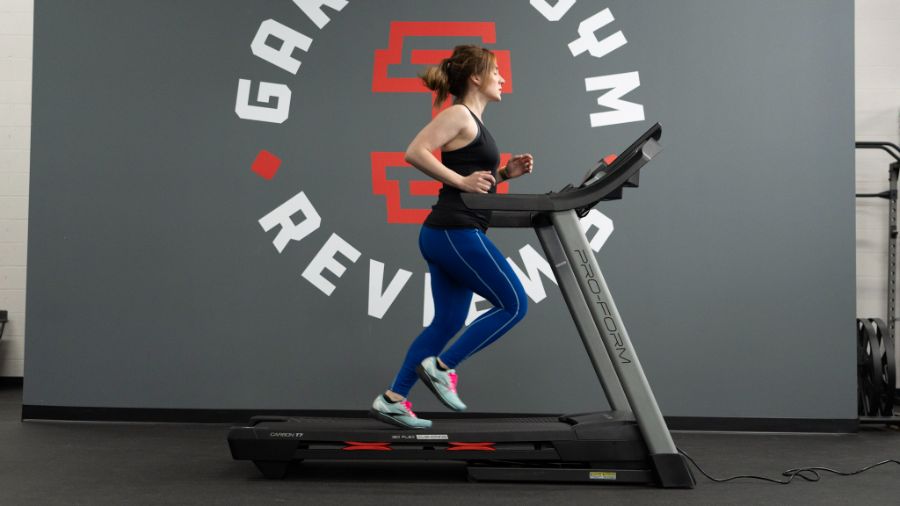
Cardio activities like running, cycling, and swimming are all great ways to improve cardiovascular fitness. Cardiovascular fitness refers to your body’s ability to consume and utilize oxygen while exercising. Gains in this area help your lungs, muscles, and heart to work together smoothly and efficiently.
You’ll see real gains in your cardiovascular system by running 5K every day, especially if you are currently more sedentary.
According to a June 2015 study in the Journal of the American Heart Association1, “Daily running will definitely increase your fitness by increasing the strength of your heart, the amount of oxygen your lungs can take in, and the time your muscles can continue the consistent contractions.”
The study does put a caveat on these gains, however. It asserts that if you’re already running a lot and don’t change your intensity, running 5K every day will have more of a maintenance effect on your cardiovascular health.
Possible Weight Loss
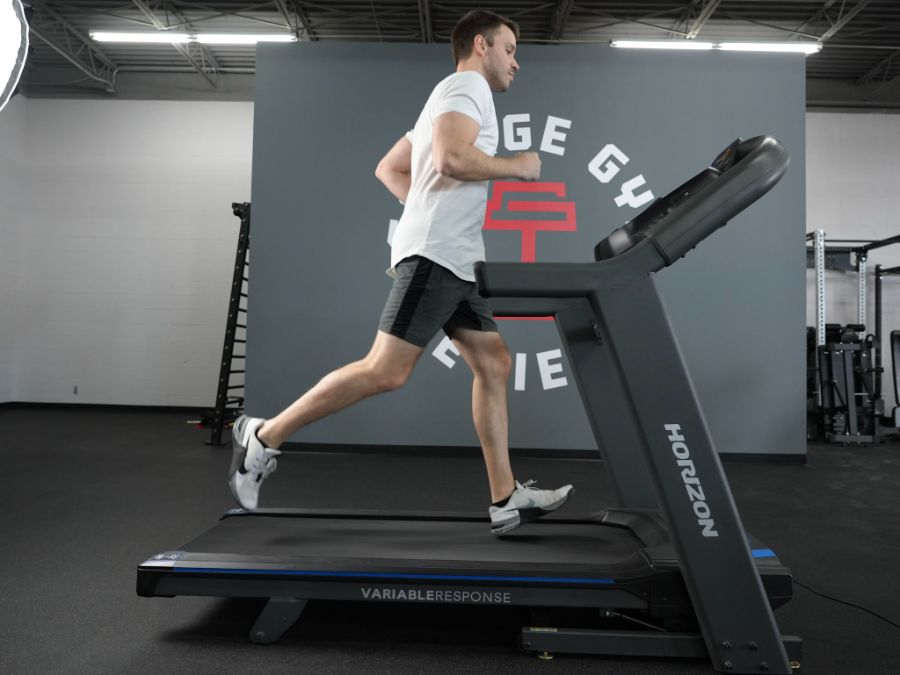
Running to lose weight is a pretty controversial subject. Numerous weight-loss programs claim running will cause you to shed significant pounds without changing anything else in your life.
We certainly cannot guarantee that running 5K every day will cause you to lose weight.
We can say that regular exercise and a healthy, balanced diet can lead to weight loss. Diet—and other factors like sleep and stress management—play a huge role in the overall weight loss picture.
Think about it logically: According to Harvard Health Publishing2, a brand of Harvard Medical School, running can burn around 240 to 336 calories per half hour, depending on your body weight, pace, and terrain. Your food choices can quickly negate that expenditure, so if weight loss is your primary goal, be sure to pay attention to other factors that influence your body weight
Boost in Mood
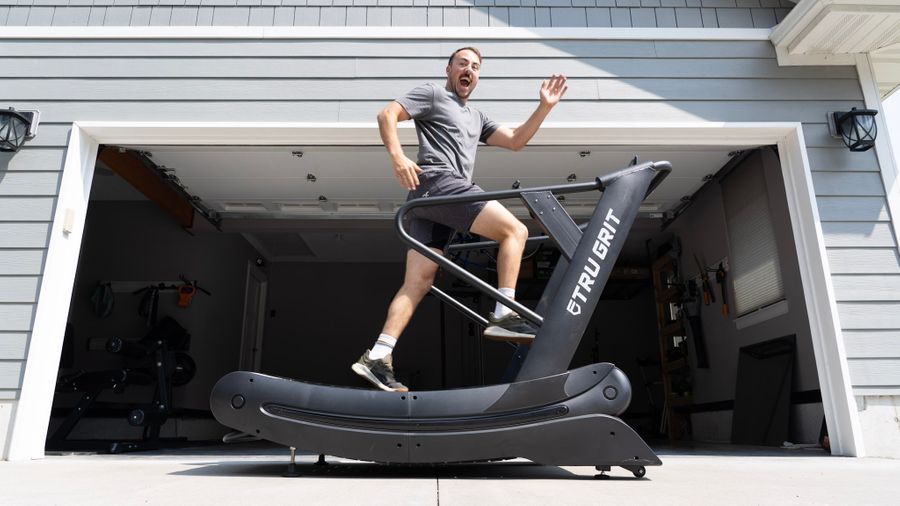
If you’ve ever run before, you know that you feel pretty amazing afterward. You feel relaxed, happy, and ready to tackle the rest of your day. This “runner’s high” is usually attributed to a release of endorphins after exercise.
But is that truly an endorphin rush you’re feeling, or something else?
In a study at Johns Hopkins3, David Linden, Ph.D., looked at this theory and broke down the phenomenon of the runner’s high. What he found was a little surprising. He discovered the relaxed post-run feeling might be due to the release of endocannabinoids—a biochemical substance similar to cannabis—instead of endorphins.
As a runner, I’m not sure that the biochemical nuances of my brain matter to me. What I do care about is that I feel great after a run—even if I have to force myself to lace up my shoes and get out the door.
While the daily runner’s high is a nice benefit, the long-term mental health effects of running 5K a day are even better. “Exercise has a dramatic anti-depressive effect,” Linden continues in the report. “It blunts the brain’s response to physical and emotional stress.”
Better Sleep
Running 5K every day may even help you sleep better. In 29 out of 34 studies analyzed in a 2014 review in the American Journal of Lifestyle Medicine4, regular exercise, including running, was found to improve sleep quality.
With that said, don’t leave your run until right before bedtime. Give yourself an hour or so to wind down and get ready to sleep.
Risks of Running 5K Every Day
While there are quite a few benefits to running 5K every day, there are some risks to keep in mind as well. Let’s look at the most common ones. With a little knowledge, you can get yourself to the finish line of your running challenge healthy and happy.
Overuse Injuries
If you’ve ever told someone you’re a runner, you’ll inevitably hear this cautionary advice.
“Doesn’t running ruin your knees?”
This question is almost always from people who have never run farther than the front door.
But these naysayers do have a point. A daily running habit can increase your risk of injury, specifically overuse injuries, if you’re not careful. Overuse injuries often happen to joints and muscles caused by repetitive trauma. Knees, hips, hamstrings, IT bands, and shins are common sites of repetitive-use injuries. There is a reason why the sports medicine industry has such high demand.
The Mayo Clinic5 states that most overuse injuries stem from two causes: training errors and poor technique.
- Training errors happen when you do too much too soon. Going too fast, too long, or doing too much of one activity can lead to overuse injuries. If you’re a relatively new runner and want to run 5K every day, you’ll want to start slowly. Don’t be afraid to walk when you need to.
- Poor technique can also take its toll on your body. If you excessively heel-strike or run on your toes, you could cause additional stress on your joints. Especially if you’re a new runner, take the time to learn the proper form. Aim for a mid-foot strike, develop a nice kickback, and shoot for a higher cadence.
If you find yourself at risk for an overuse injury, don’t be afraid to take a rest day and do some low-impact activities. You’ll still be able to meet your long-term goals even if you take a day off.
RELATED: Good Running Form for Beginners
Black or Lost Toenails
While this has never happened to me, I’ve known plenty of runners who have lost a toenail or two in pursuit of mileage. Black toenails are almost a badge of honor in the running world. And ultra-runners brag about how many toenails they’ve lost running hundreds of miles in the mountains.
But most of us would rather keep our toenails intact; thank you very much!
Your toenails can take quite a beating while you’re running, especially if you’re racking up a lot of miles. Dr. Botek of the Cleveland Clinic says6, “Damage occurs when your toenail repeatedly and forcefully makes contact with the front or side of your shoe. Basically, the black or dark color you see under your toenail is just bruising or blood.”
To help keep your toenails safe and attached, try implementing these tips:
- Find a running shoe that fits. I need a wide toe box in my running shoes to avoid toenail issues and blisters. I’ve discovered this through trial and error over time. If you’re getting running shoes for the first time, head to your local running store to get fit. They can analyze your gait in each shoe to ensure it’s well-suited to your feet.
- Keep your toenails cut short. Long toenails and running don’t mix. Keep them trimmed to reduce the chance of bruising or tearing.
- Invest in good socks. I remember being somewhat appalled when I bought my first pair of running socks. They were so expensive! But you get what you pay for with running socks. You’ll want a sock that can wick moisture and reduce friction within your shoe.
Chafing
I still remember the first time I experienced significant chafing. My first half-marathon was in early summer in northern Virginia. It was really hot and really sticky… Even though I wore a tank top and shorts that I had trained in often, I wound up with serious chafing on my inner thighs and upper arms.
According to the Cleveland Clinic7, “Chafing is a skin condition that occurs when you have repeated skin-on-skin contact or when your skin rubs against clothing or another material. Common causes include intense exercise, ill-fitting clothes, and hot weather.”
Since I knew I never wanted to experience that particular kind of discomfort again, I learned how to minimize chafing. If you want to run 5K every day, here’s how you can protect your tender skin.
- Use anti-chafe products for prevention. Products like chamois butter, Vaseline, and petroleum jelly help prevent friction even when you’re sweaty.
- Wear loose-fitting clothing. Chafing is a result of continued friction in one place. Wearing loose-fitting clothing can prevent the same rubbing motion from happening over and over.
- Wear moisture-wicking material. Moisture-wicking running clothes can help keep your skin drier even while you sweat.
Creating Anxiety or Pressure if You Miss a Run
Runners and athletes of all kinds can be pretty hard on themselves. When you set a big goal, you tend to tell people about it and hold yourself to a high standard. Big goals can be incredibly motivating, but if you don’t hit them, they can cause stress or anxiety.
Going on a 3.1-mile run every day is a tremendous challenge to undertake. If you can’t hit this mileage for any reason, be kind to yourself. The world won’t end because you only ran 5K for 27 out of 30 days this month.
A challenge like this is meant to motivate you and get you moving consistently. Don’t let it cause undue stress.
If running 5K every day is too much, look for a beginner-friendly training plan and build up your fitness. Come back to this challenge when you’re ready.
Tips for Running 5K Every Day
If you want to run 5K every day, here are some expert tips to help you get started, stay injury free, and enjoy the miles.
- Start slow. Especially if you’re a new runner, start slowly. Don’t be afraid or embarrassed to do a mixture of walking and running in the beginning. The point of this challenge is to move your body every day.
- Don’t neglect the warm-up. Warming up five or 10 minutes before starting your run can help ward off injury. A brisk walk and dynamic stretching are great ways to warm up your muscles.
- Include strength training. Including strength training in your weekly routine will help build muscle and stabilize joints and can help prevent injury. It will also increase your overall level of fitness.
- Stretch and cool down afterward. Cooling down and stretching after a run is just as important as warming up before you start. Skipping this step can lead to cramping, lactic acid buildup, and excessive soreness.
Running 5K Every Day FAQs
What happens if you run a 5K every day?
Running 5K every day can be an excellent way to improve muscular endurance, build cardiovascular health, improve your mood, and help you sleep better at night. When paired with a healthy diet, running may help you lose some weight.
Will I lose weight running 5km a day?
Maybe. This answer may irritate you, but weight loss is an equation that you can’t hack. Running 5K every day may help you lose weight if you focus on eating a healthy diet and other healthy lifestyle habits. Remember, you need a 3,500-calorie deficit to lose just one pound. (But the number of calories you consume and expend aren’t the only factors that affect your body weight).
How many times a week should I run 5K?
This is 100% up to you! You may want to start slowly if you’re a new runner. Run 5K two or three times a week and do other forms of exercise (such as cross-training exercises like swimming or cycling) in between. If you’re a seasoned runner, jump into the 5K-a-day challenge and mix up your intensity. Add some interval training or tempo runs and keep the others at a low heart rate in zone two.
References
- “Effects of Exercise Training on Cardiorespiratory Fitness and Biomarkers of Cardiometabolic Health: A Systematic Review and Meta‐Analysis of Randomized Controlled Trials.” Journal of the American Heart Association, vol. 4, no. 7, 2015, https://www.ahajournals.org/doi/10.1161/JAHA.115.002014
- Harvard Health Publishing. Harvard Medical School. Calories burned in 30 minutes for people of three different weights. 2021;8(5)
- Linden, David J. “The Truth Behind ‘Runner’s High’ and Other Mental Benefits of Running.” Johns Hopkins Medicine, https://www.hopkinsmedicine.org/health/wellness-and-prevention/the-truth-behind-runners-high-and-other-mental-benefits-of-running. Accessed 6 October 2023.
- Dolezal, B. A., Neufeld, E. V., Boland, D. M., Martin, J. L., & Cooper, C. B. (2016). Interrelationship between Sleep and Exercise: A Systematic Review. Advances in Preventive Medicine, 2017. https://doi.org/10.1155/2017/1364387
- “Overuse injury: How to prevent training injuries.” Mayo Clinic, https://www.mayoclinic.org/healthy-lifestyle/fitness/in-depth/overuse-injury/art-20045875. Accessed 7 October 2023.
- “5 Tips to Prevent Black Toenails From Running.” Cleveland Clinic Health Essentials, 6 July 2020, https://health.clevelandclinic.org/3-tips-protect-toenails-youre-hard-core-runner/. Accessed 7 October 2023.
- “Chafing: Causes & Prevention.” Cleveland Clinic, 19 July 2023, https://my.clevelandclinic.org/health/diseases/23517-chafing. Accessed 7 October 2023.
Further reading

A thinner bumper plate made with quality virgin rubber. See more in our Rogue Echo Bumper Plates review on these budget friendly plates. Read more

After using the REP Fitness Monolift Attachment for over a month for squatting, benching, and other movements in my garage gym, I do think they’re a decent option. I think they could be improved if they are made lighter and the top arm length is reduced for better rack clearance, but the overall design and pricepoint is attractive. We recommend them if you understand the downsides and prefer the look to Rogue. Otherwise, we suggest one of the alternative options. Read more

From enhancing your core strength to keeping back and neck pain at bay, learn about the benefits of good posture from a certified personal trainer. Read more

It’s been a fun year of seeing fantastic new equipment, supplements, and apparel. Now the GGR Staff picks their top fitness releases of 2023. Read more

